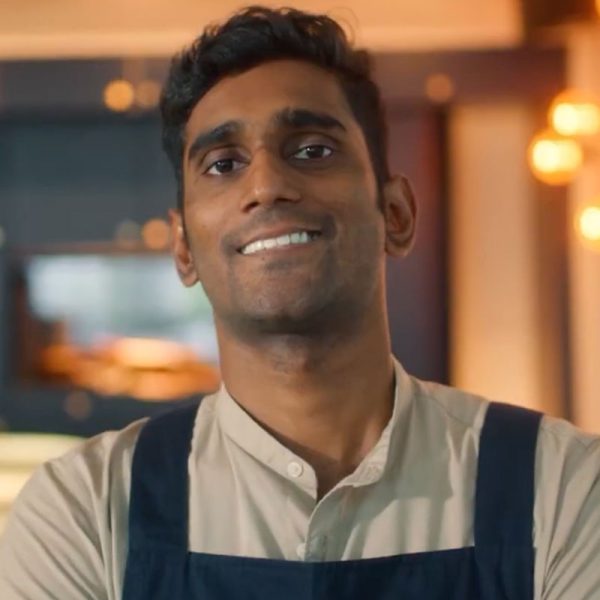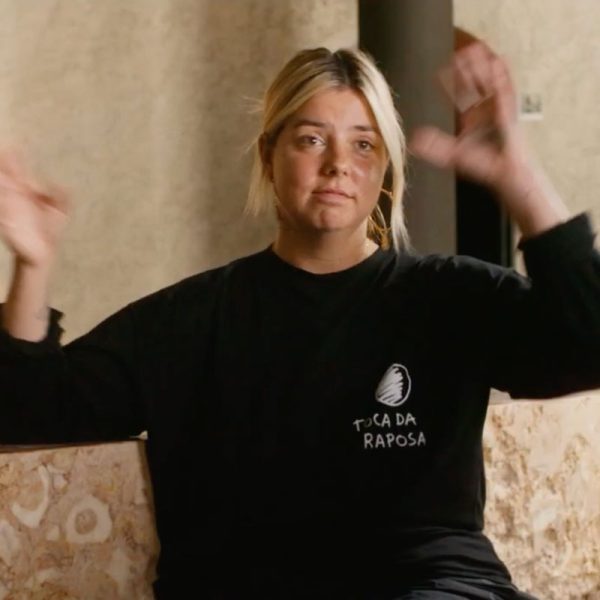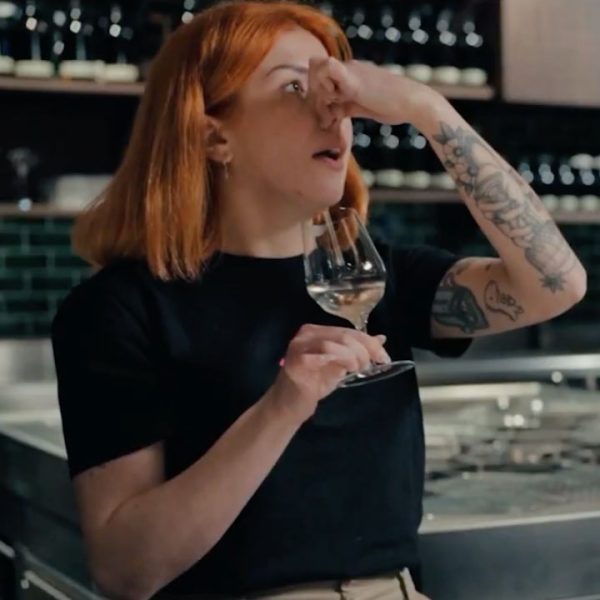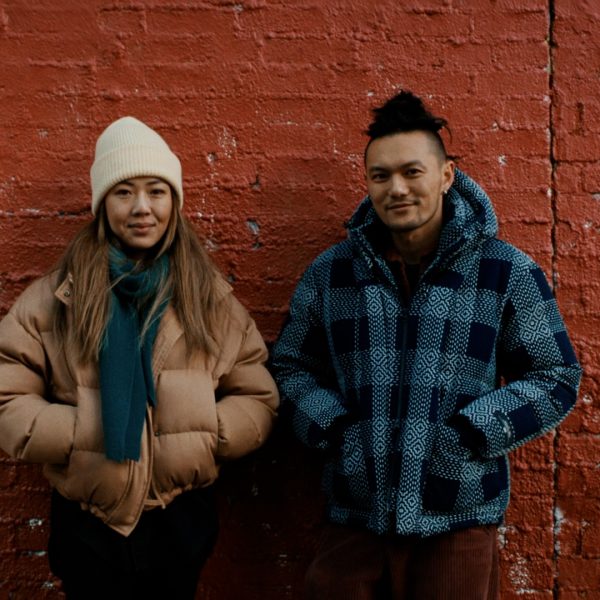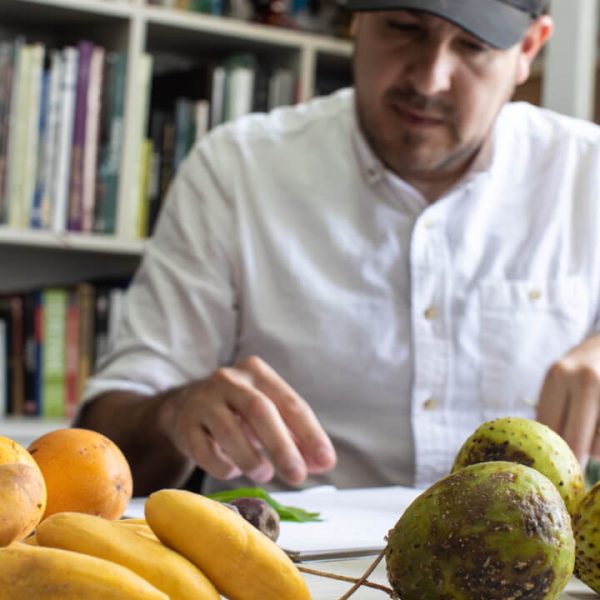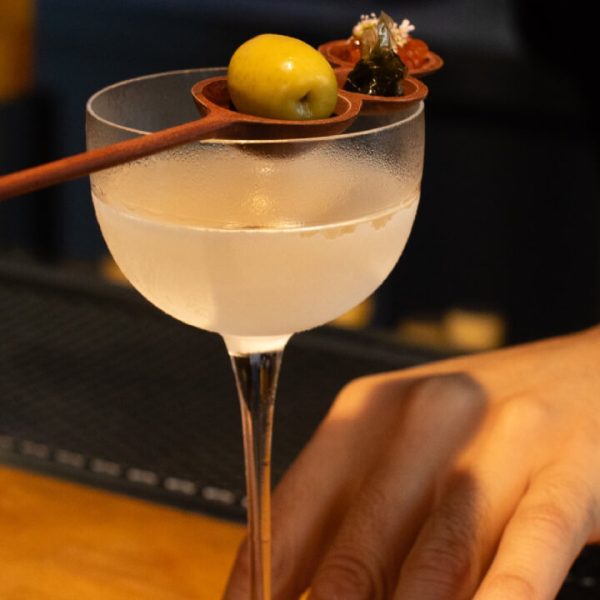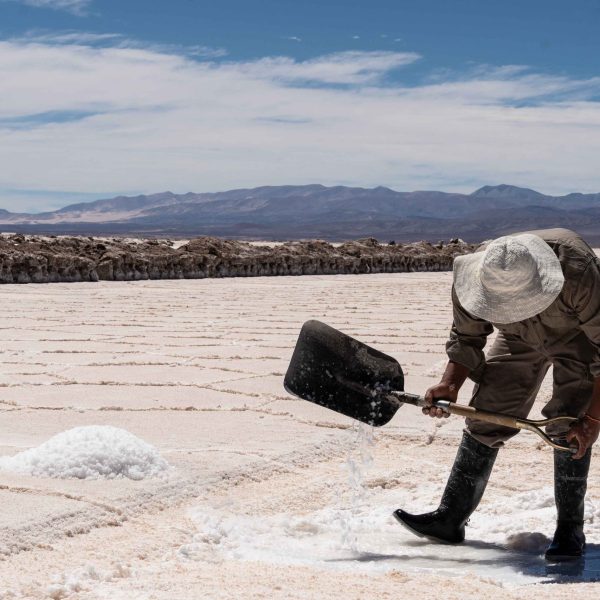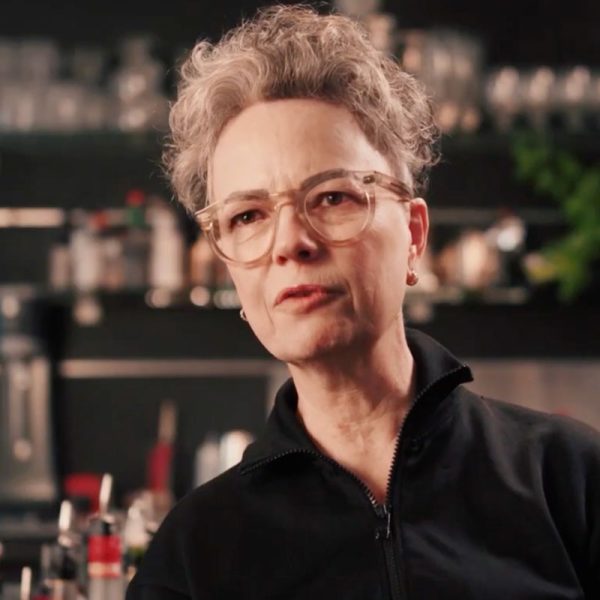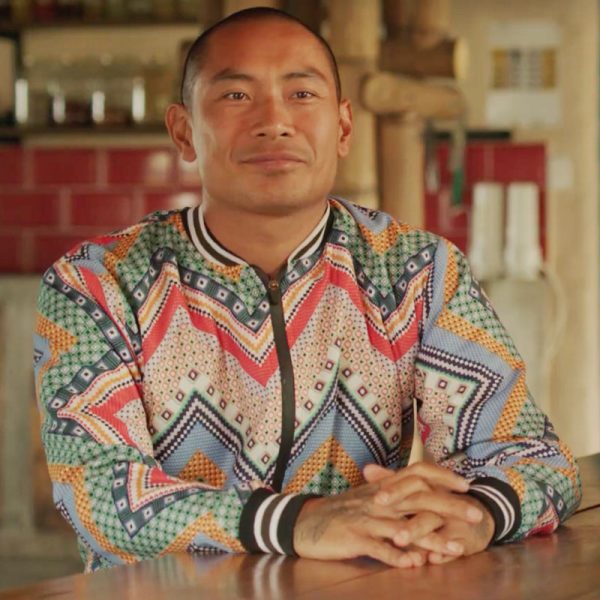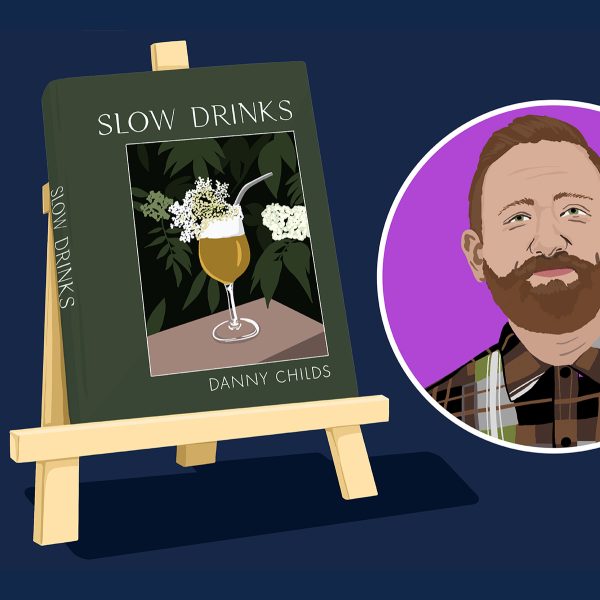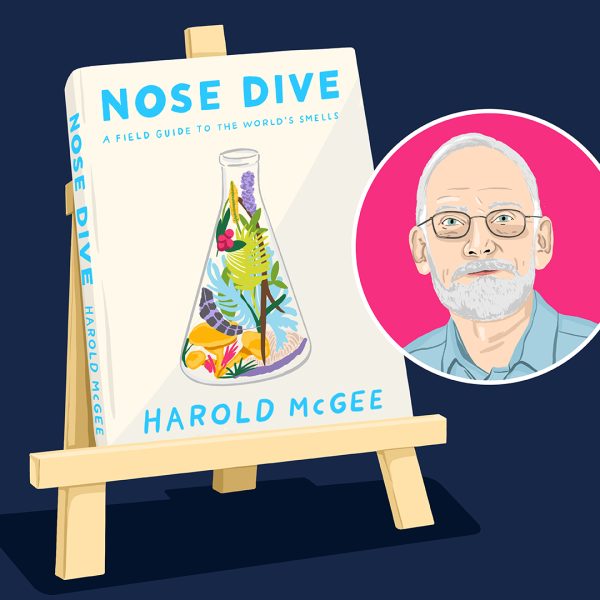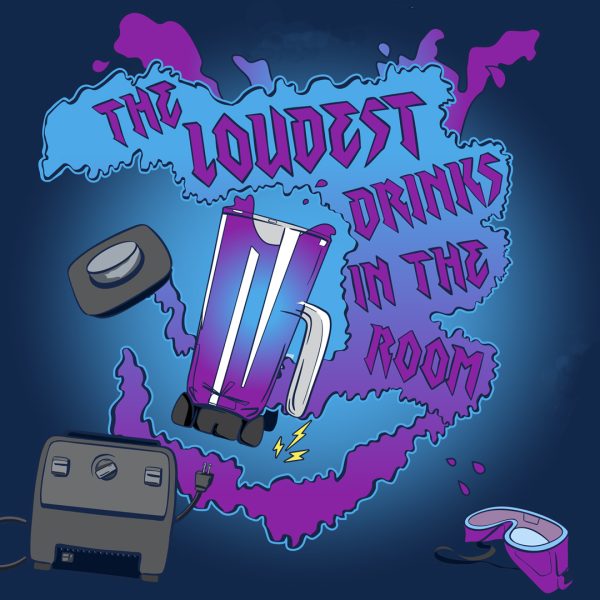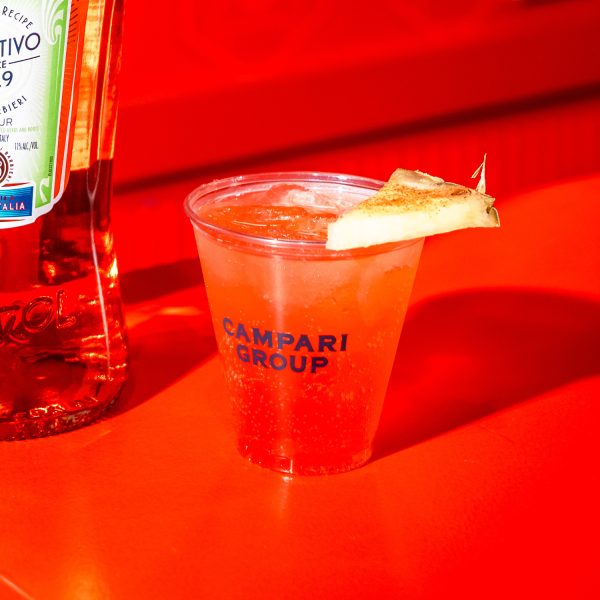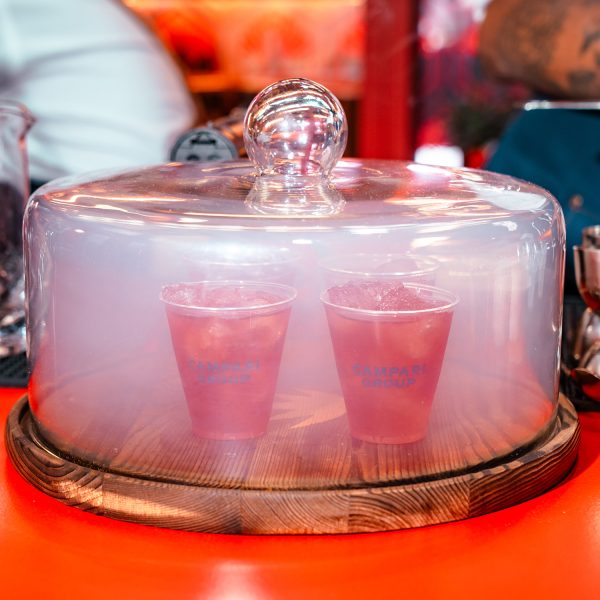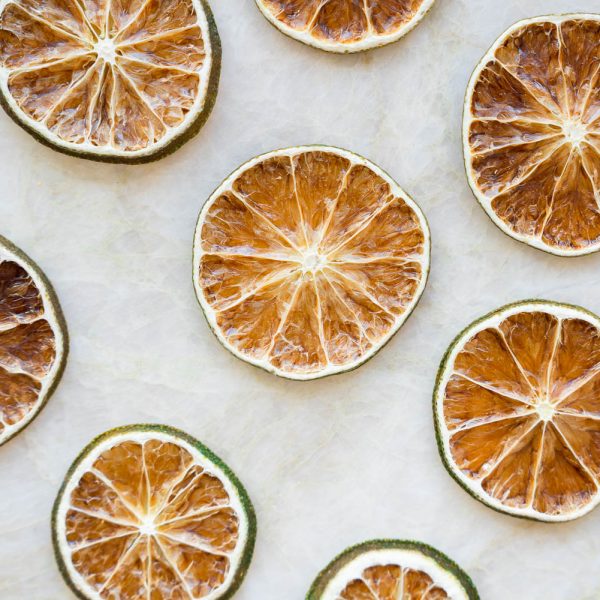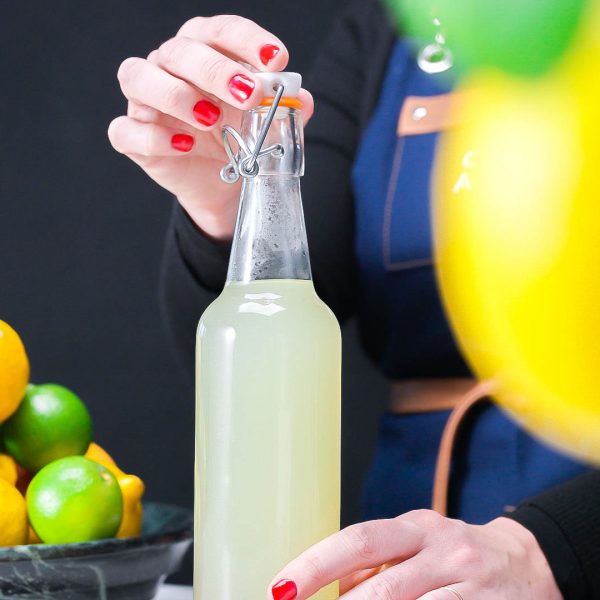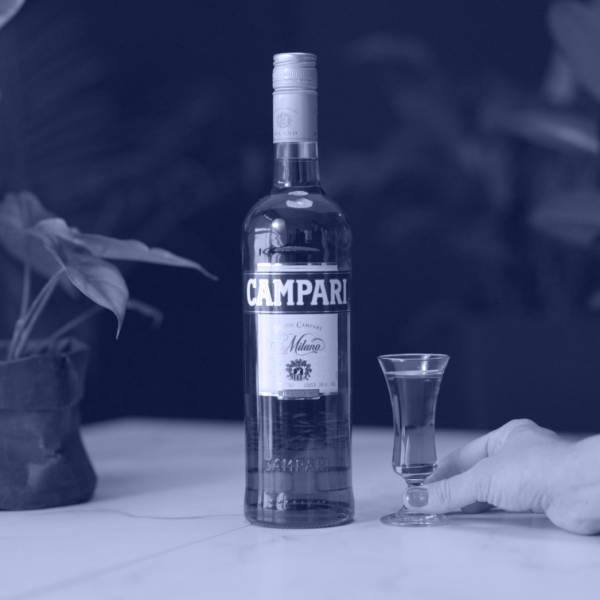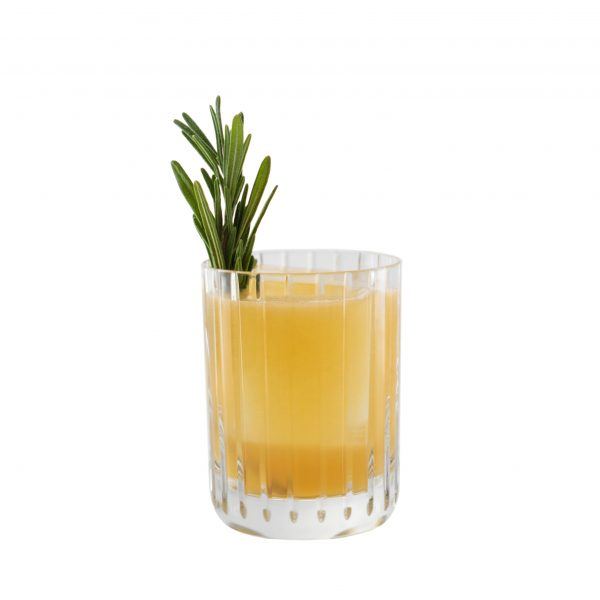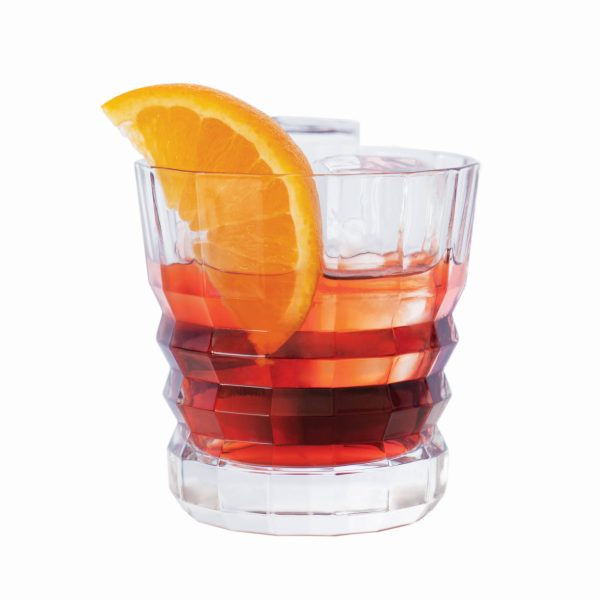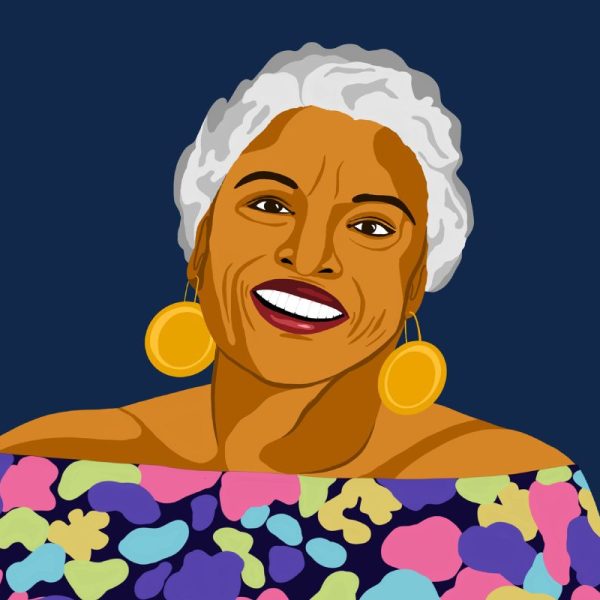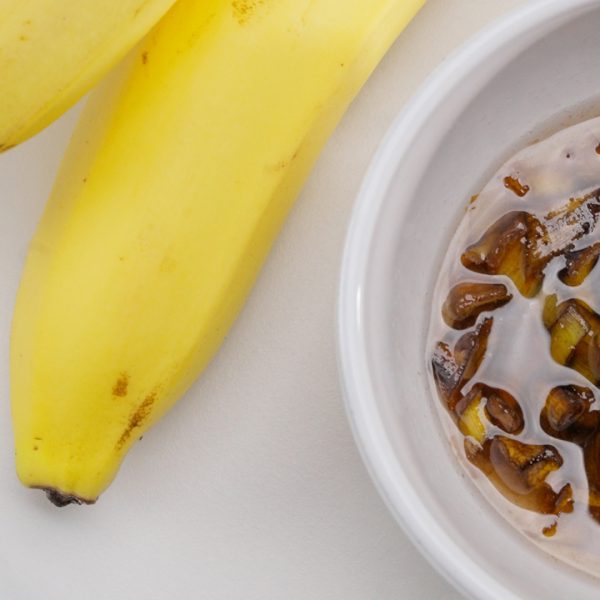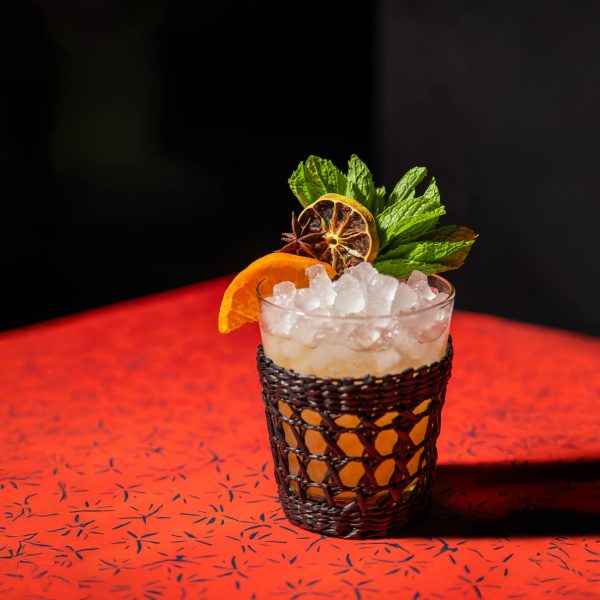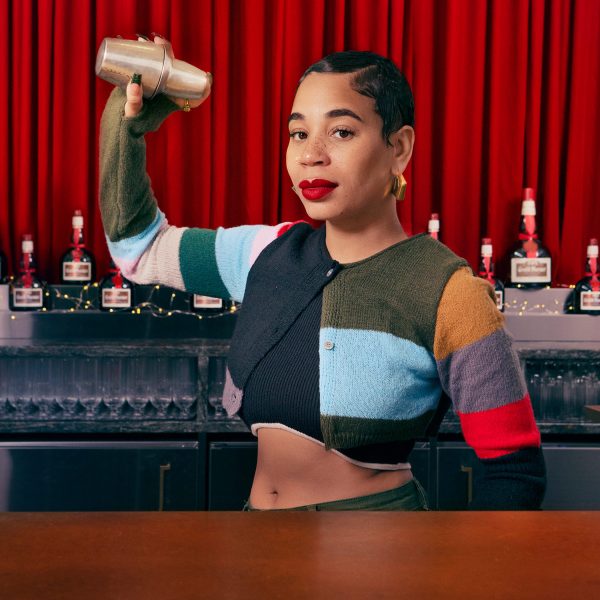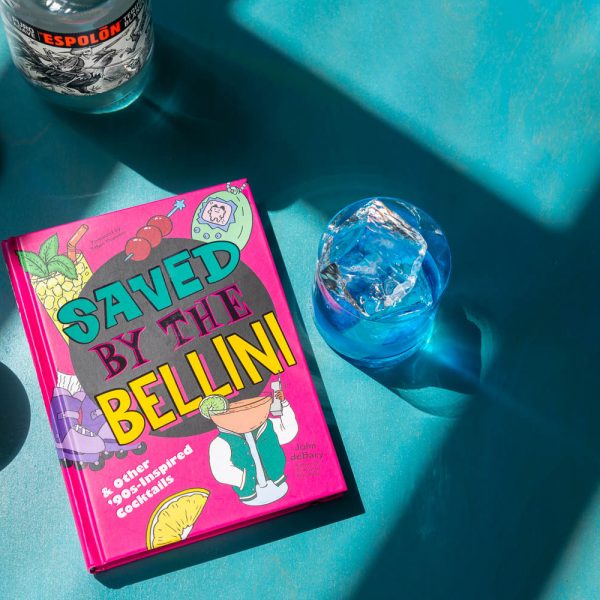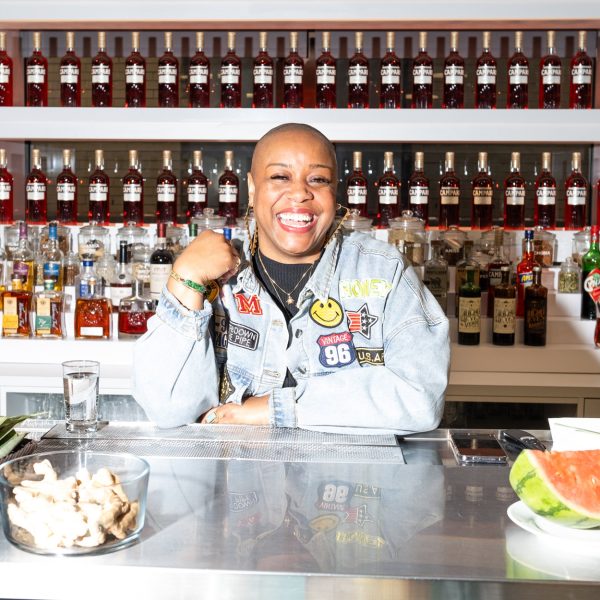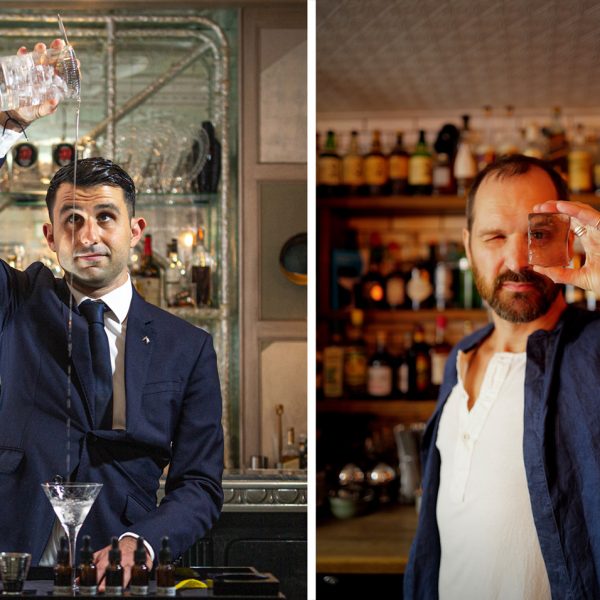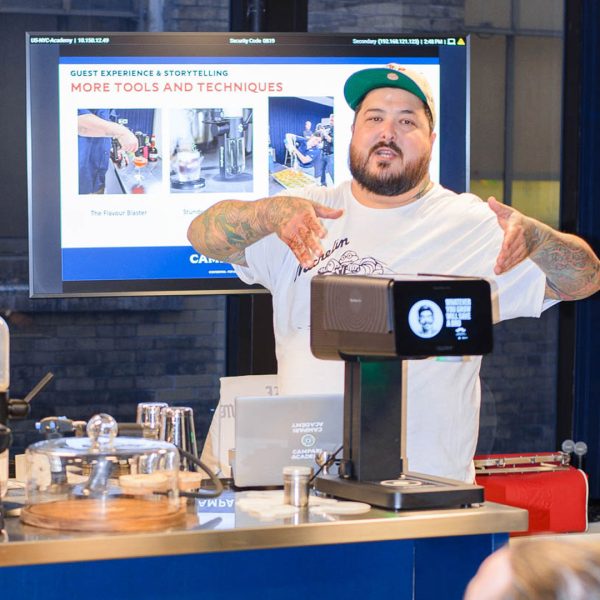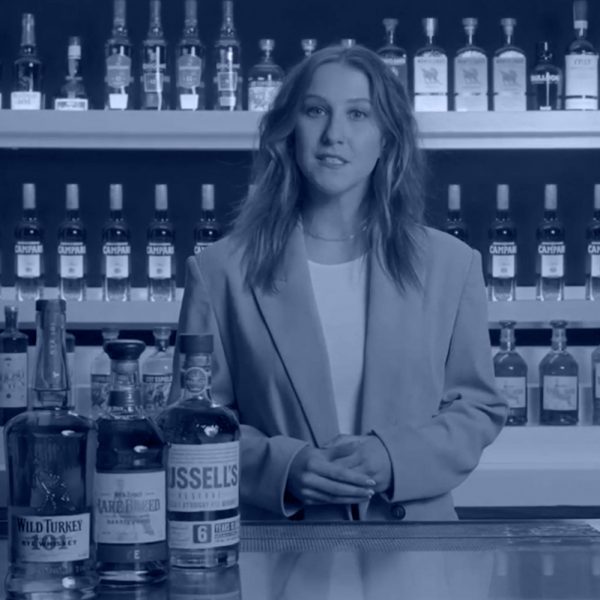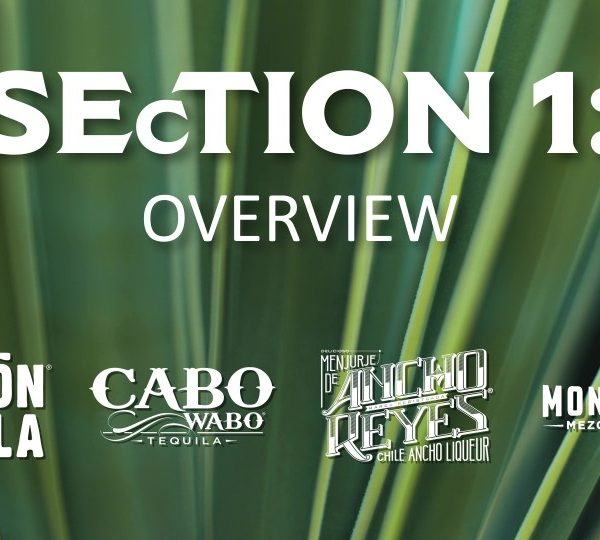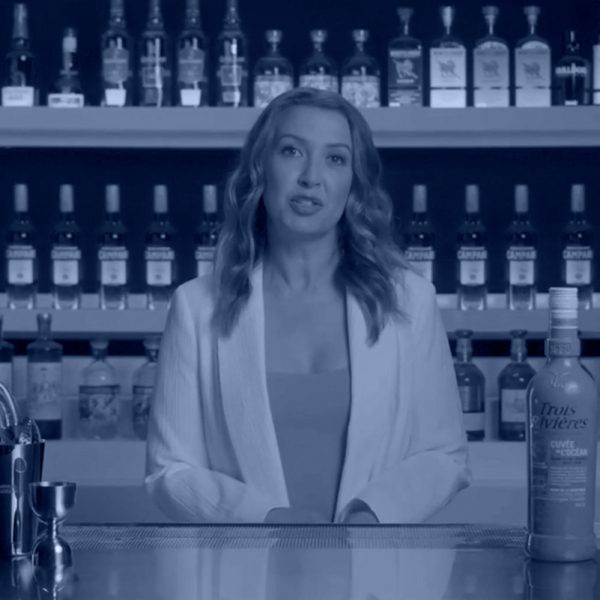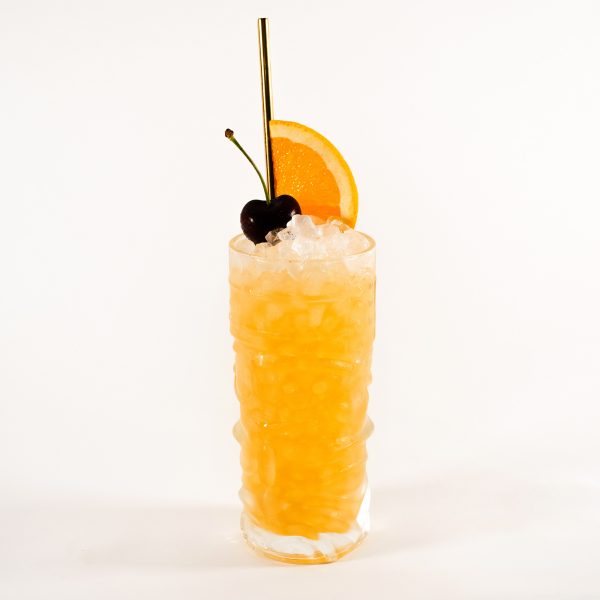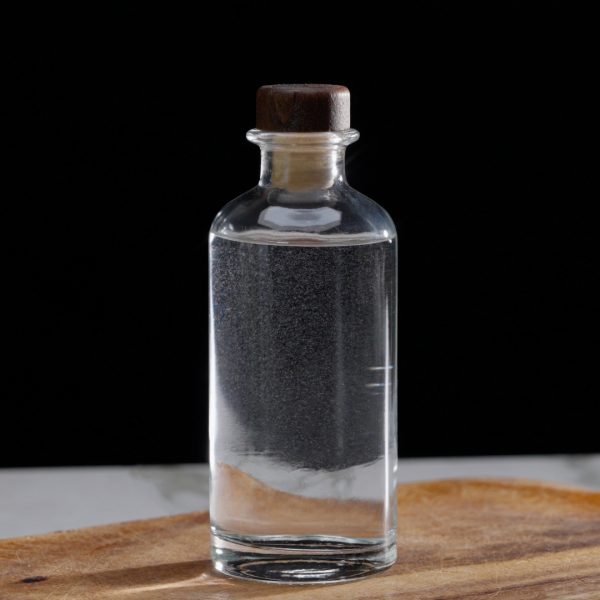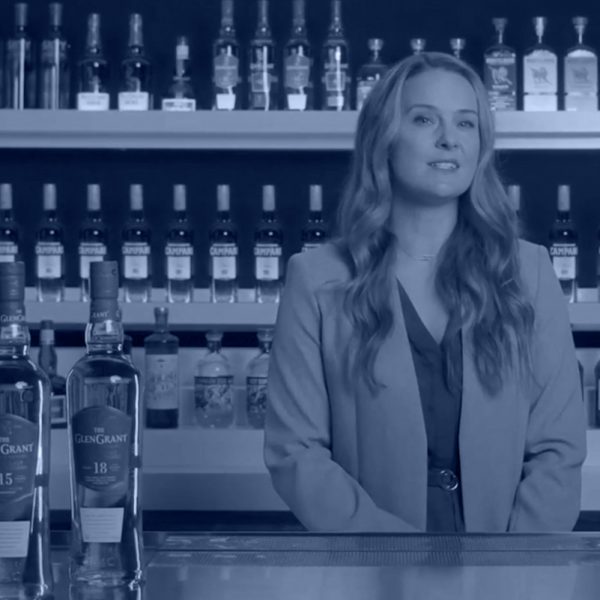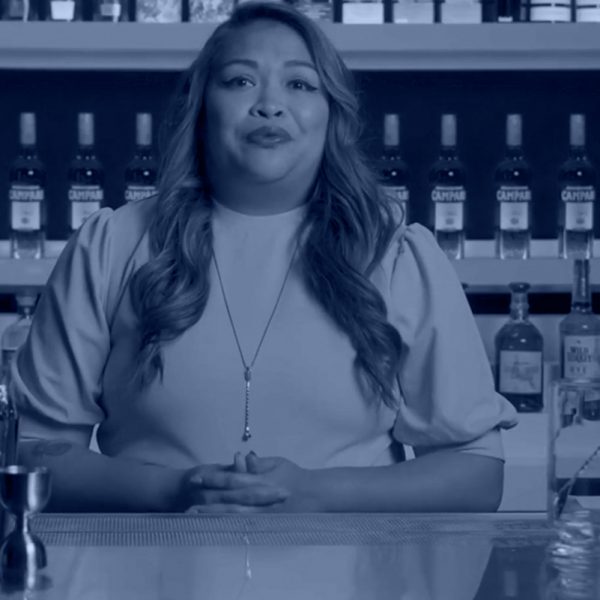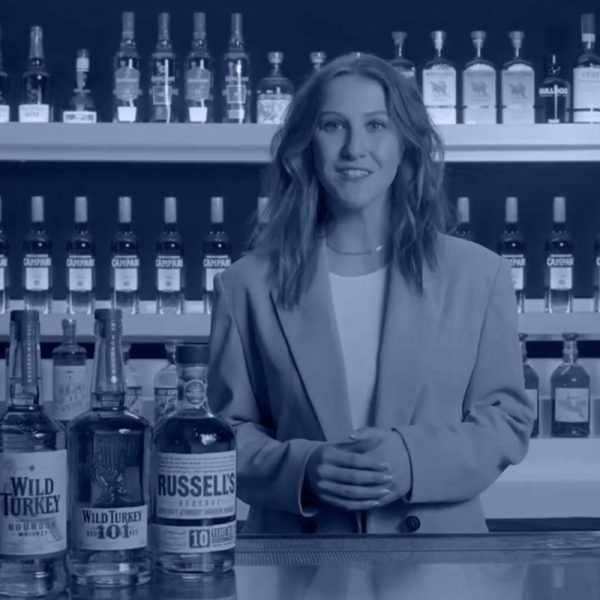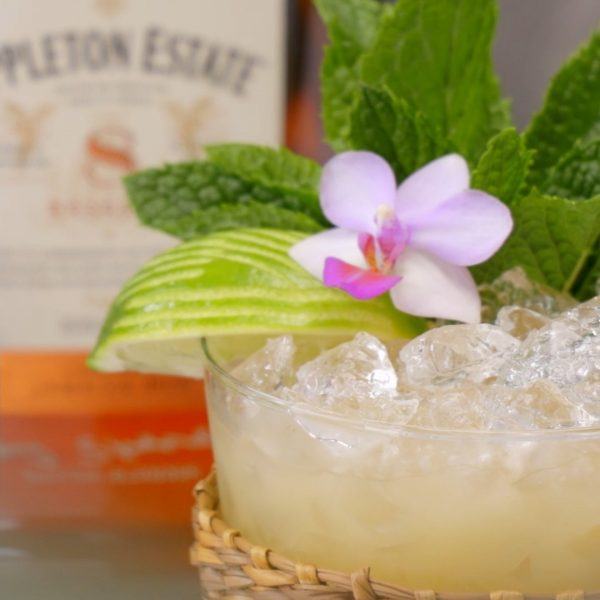The Black Bartender Has Always Been Part of American Cocktail Culture
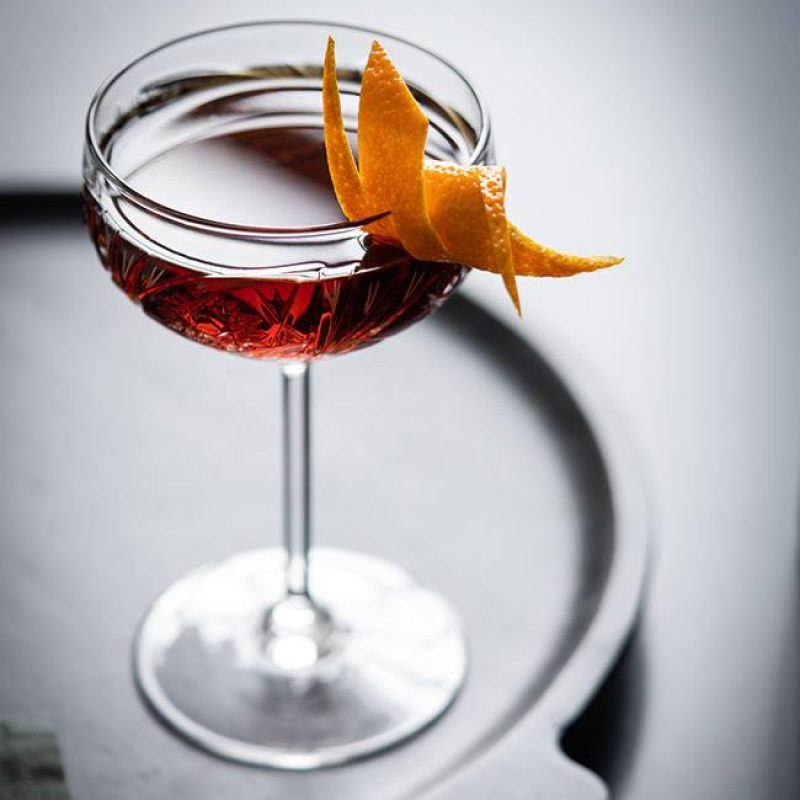
By Tiffanie Barriere
The Golden Age of cocktails (circa 1860 – 1933) coincides with several historical landmarks. The abolition of slavery, the rise of the big city following Emancipation, the beginning (and end) of Prohibition and the introduction of Black History Month.
In 1915, historian Carter Woodson and prominent minister Jesse E. Moorland created Black History Month as a way to promote achievements by Black Americans, organize local celebrations, share history, and host performances and lectures. February was chosen because it is the birth-month of both Abraham Lincoln and famed abolitionist writer Frederick Douglass. (Carter Woodson, it should be noted, earned a PhD in History at Harvard and was just the second African American to earn a doctorate.)
Woodson and Moorland’s efforts to uplift the Black community and spotlight upward mobility overlapped with an early renaissance for Black talent in multiple industries, including entertainment, nightlife and hospitality.
In many ways, the Black bartender is integral to the legacy of American cocktail culture, and has been part of the story since nearly the beginning.
One reason for the early emergence of the Black bartender? In the post-Civil War era, bartending was one of the few jobs open to African Americans.
Unlike many other industries that tacitly blocked or shunned employees of color. Bartending proved a regular source of employment, especially in big cities. The decades leading up to Prohibition saw a boom in new saloons, bars and hotels, leading to a regular need for staff. Steady work, access to tips, and a mix of venues meant that bartending and hospitality in general evolved into a desirable, but also attainable, occupation for Black Americans.
It wasn’t long until those opportunities birthed a new generation of Black talent.
In 1917, Tom Bullock became the first African American to publish a cocktail book, “The Ideal Bartender.” Signature drinks include his Bizzy Izzy (whiskey, sherry, pineapple syrup and lemon juice) and his multiple riffs on juleps. Including a brandy julep, a Champagne julep and a pineapple punch julep.
Black bartenders, such as Cato Alexander, John Dabney, Jim Cook, Washington Woods and Beverly Snow. Soon followed in Bullock’s footsteps, cultivating followings for their drinks as well as their hosting finesse.
That we even know some of these seminal bartenders’ names is notable. Black labor may have sustained the hospitality industry, but that doesn’t mean they were fully recognized. The Black barkeep was too often seen as “the help,” part of a disposable and interchangeable anonymous workforce. In order to maintain their positions. Black workers were restricted to speaking only when spoken to, and referred to by generic names in the best of circumstances. The lack of Black names in the history of cocktail culture is not because they weren’t there. It is because their names were rarely recorded.
Black excellence is woven into every strand of this country’s story, and the cocktail world is no different.
As we write the next chapter of cocktail history, take note of the Black bartenders around you. Take time to learn who they are. Recognize faces and call them by their names.
Having one’s name called has never been more important.
“The Other Half is my homage to Black excellence in cocktail culture. At first glance, the drink’s color suggests that it might include rum or another dark spirit. The surprise swirl of herbaceous gin and amaro deliver a drink that’s savory, complex and not too sweet. The Other Half reminds us not to judge something by its color. ” – Tiffanie Barriere


